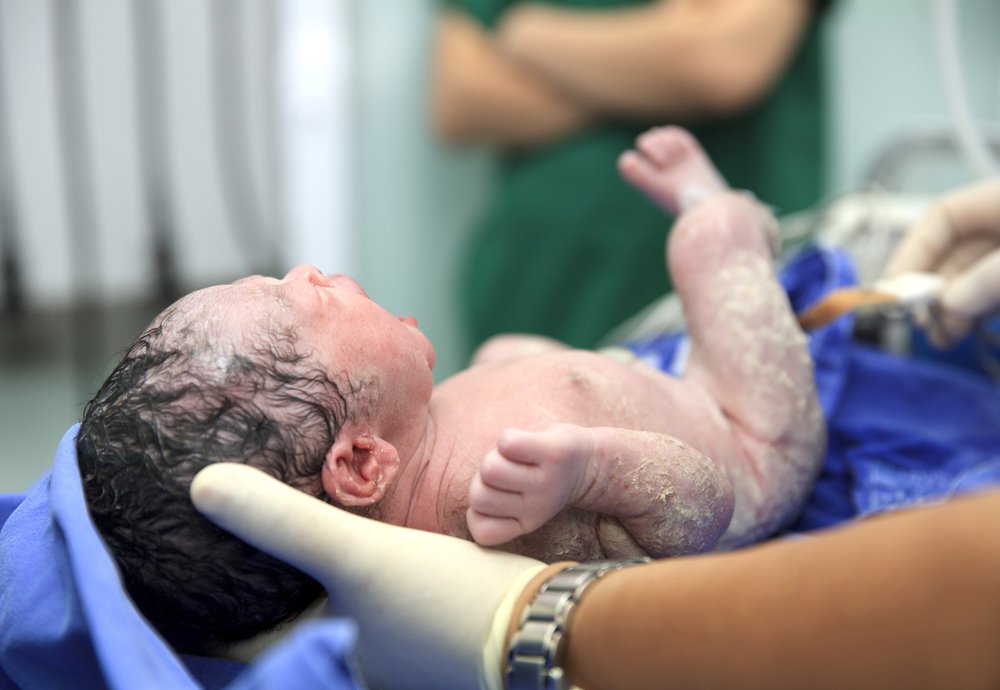Acidosis at Birth is Associated with Cerebral Palsy

A study shows that severe acidosis at birth is associated with adverse neonatal and two-year outcomes.
It is known that acidosis, a condition characterized by low pH levels (caused by high levels of acid) in body fluids, at birth is associated with an increased risk of adverse outcomes. But its exact relationship with subsequent encephalopathy (brain disease/damage) is not well understood.
So, in the study “Dose-dependent relationship between acidosis at birth and likelihood of death or cerebral palsy,” published in the journal Archives of Disease in Childhood-Fetal and Neonatal Edition, researchers aimed to establish the relationship between pH levels at birth, the clinical condition of infants, and the risk of neonatal encephalopathy, including cerebral palsy.
pH expresses the acidity or alkalinity of body fluids. A pH 7 is considered neutral, while lower values are more acidic and higher values more alkaline/basic.
The study involved 506 infants who were delivered between 2005 and 2013. These patients were selected from a population of 56,574 infants.
Of the infants included in the study, 504 had an umbilical cord blood pH lower than 7 (meaning the blood is acidic — acidosis), and 223 had a base deficit higher or equal to 12 mmol/L. Acidosis is associated with a base deficit (lack of base to counteract the acidic environment).
Three of the infants died upon delivery and 21 died with a diagnosis of hypoxic-ischaemic encephalopathy (HIE). HIE also was reported later in 42 of the surviving infants.
Upon follow-up, there were 15 cases of cerebral palsy among infants who had been diagnosed with HIE. Researchers then investigated the link between adverse conditions and acidosis at birth.
The results showed that worsening acidosis was associated with poor condition at birth, the development of HIE and subsequent cerebral palsy.
Infants with lowest pH of 6.9-6.99, 6.8-6.89 and less than 6.8 had a risk of death or cerebral palsy of 3%, 10% and 40%, respectively. Infants with base deficit of 12-15.9, 16-19.9 and 20 mmol/L had a risk of death or cerebral palsy of 8%, 14% and 59%, respectively.
Taken together, the results indicate there is a dose-dependent association between acidosis at birth and adverse neonatal and neurodevelopmental outcomes.
Of note, the study examined only the effects of acidosis and did not examine other factors that might affect outcomes. “In this paper, we have only estimated the risk associated with the degree of acidosis. Other factors which might influence outcome such as hypoglycemia, intrauterine growth restriction and chorioamnionitis [intra-amniotic infection] were not studied” the researchers wrote.
More studies are needed to validate the link bewteen severe acidosis at birth and adverse neonatal outcomes, including HIE, cerebral palsy amd death.


